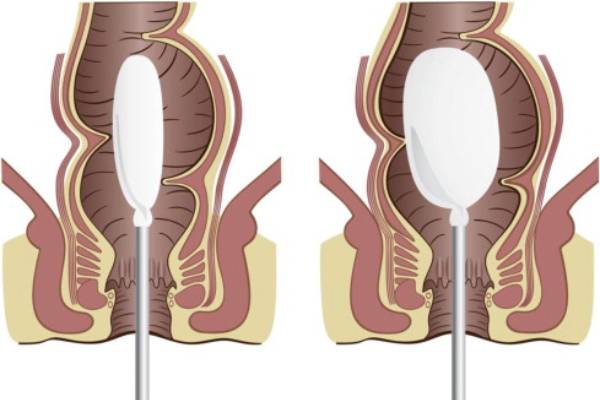Anorectal manometry in mumbai
Anorectal Manometry
Anorectal manometry is a diagnostic procedure used to evaluate the function of the muscles and nerves in the rectum and anal canal. The rectum is the last part of the large intestine, and the anal canal is the short passage that connects the rectum to the outside of the body. Anorectal manometry helps healthcare providers understand how these muscles and nerves work together to control bowel movements, stool retention, and other functions related to the rectum and anus. Anorectal manometry in Mumbai offers precise evaluation of rectal and anal muscles and nerves to diagnose bowel control issues.

Here's how anorectal manometry is typically performed:
- Preparation: Patients are often asked to follow specific instructions before the procedure, which may include fasting, using laxatives or enemas, and discontinuing certain medications.
- Procedure: A thin, flexible catheter with pressure sensors is inserted into the rectum through the anus. The catheter is gently advanced into the rectum and anal canal.
- Sensors: The catheter contains sensors that can measure the pressure exerted by the muscles in the rectum and anal canal. It can also measure the sensation of distension (stretching) in the rectum.
- Muscle Contractions and Relaxations: During the procedure, patients may be asked to perform specific actions, such as squeezing the anal muscles or pushing as if having a bowel movement. These actions help evaluate the strength and coordination of muscle contractions and relaxations in the anorectal region.
- Data Collection: The pressure data collected by the catheter is transmitted to a computer, where it is analyzed and interpreted by a healthcare provider.
Anorectal manometry provides valuable information about various aspects of anorectal function, including:
- Anal Sphincter Function: It assesses the strength and coordination of the anal sphincter muscles, which control bowel movements and prevent involuntary passage of stool.
- Rectal Sensation: The procedure can evaluate the sensitivity of the rectum to distension, which helps understand the sensation of fullness and the urge to defecate.
- Defecation Disorders: Anorectal manometry can help diagnose conditions such as fecal incontinence (inability to control bowel movements) and constipation.
- Pelvic Floor Disorders: It can provide insights into conditions affecting the muscles and nerves of the pelvic floor, such as pelvic floor dysfunction.
Anorectal manometry is generally safe, although patients may experience temporary discomfort or mild irritation due to the presence of the catheter. The procedure is usually performed by a healthcare provider trained in gastrointestinal motility testing or colorectal disorders, often by a gastroenterologist or colorectal surgeon. The results of anorectal manometry help guide diagnosis and treatment planning for various anorectal conditions.
